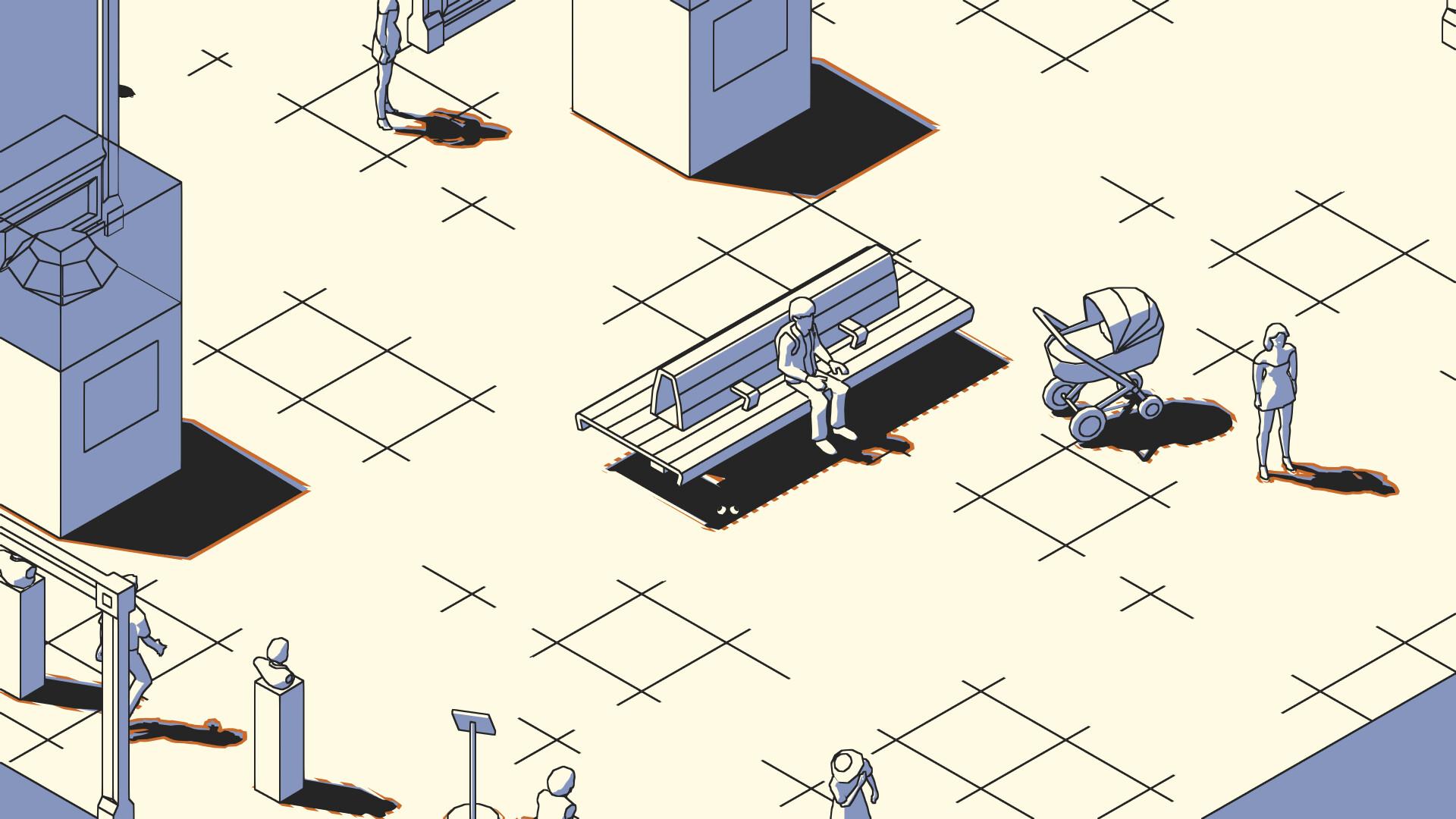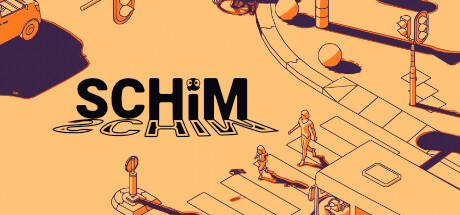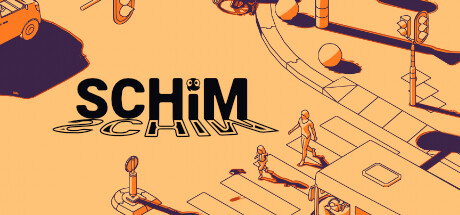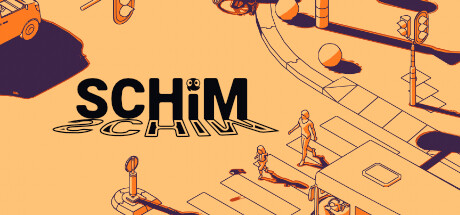
SCHiM (XS) - Review
by Lee Mehr , posted on 20 August 2024 / 1,528 ViewsIn most entertainment, pitching mysterious entities inhabiting the shadows would suggest it had to do with horror. In the hands of Dutch co-directors Ewoud van der Werf and Nils Slijkerman, these "cute" big-eyed beings are sentient blobs that can hop across shadows; in fact, they can even crowd in one convenient shadow while waiting for the sunrise. They're more fitting as Mattel toys than Lovecraftian monsters. That endearing charm is quite fitting given SCHiM's humble origins as well: working various indie circuits with a quaint core conceit and a relaxing world. But does it thoroughly build upon that idea for a full game?
Living in someone else's shadow isn't the most enthralling premise, but the prologue knows how to keep your attention. The aforementioned blob-protagonist here has been tied to this faceless man since childhood. You're initially like a shadow-pet with a long leash: the boy runs off ahead while a shadow tether shows your connection to regroup with him. It's immediately appealing too, as shade cast by bushy trees, bike railings, chairs, other people, other animals, and more act as abstract platforms to rejoin him as he goes through childhood, high school, and college in a nice gameplay montage that's reminiscent of Up's emotional beginning. Then, a surprising accident causes you two to separate – with that magical tether snapping in the process. It's up to you to hunt him down and rejoin once again.
The prospect of being alone may be unsettling, but your tenacity and creativity can see you through. With only shadows acting as viable platforms, that also means the floor – i.e. any sunny spot – is now lava. And since default difficulty gives you one free "post-shadow" hop before resetting at the last checkpoint, it's crucial to properly gauge how far you reach. If the gaps between static objects are too far, learning the pathways of mobile shadows (birds, bikers, etc.) and how to manipulate certain objects is crucial to success. Crossing a sunny street is much simpler if you lower a bar gate to extend its casted shadow.
The problem is improvisation ultimately feels so limited and repetitive. The charm of possessing anything with a casted shadow and pounding the interact button (X) is fun at first: spilling litter out of a trash bin, making people sneeze, honking car horns, making ducks quack, and so on and so forth. Some of the louder interactions, like blaring a horn, will fluster NPCs, but only a few of them actually serve a purpose. Manipulating traffic by possessing streetlights or bending a flexible sign to launch you like a Medieval trebuchet are great "foot in the door" mechanics, but can't carry the campaign without tangible evolution. With some exceptions – like the multi-staged finale – most platforming comes back to pounding the jump button across static shadows and patiently waiting for a convenient passerby.
This unadventurous attitude makes some of the mechanical annoyances stick out. The baseline sensation of hopping and residing in shadows is fundamentally sound. Seeing this blob's googly eyes spinning within the shadow of a biker's pedal is quite funny and mechanically stimulating. The problems have more to do with the isometric viewpoint. By putting it at a partially-tilted angle and only enabling 90-degree shoulder button spins, versus a full 360-degree camera control, perspective can feel a bit finicky – especially for rare indoor locations. That decision also limits where one can hide secondary collectibles as well.
It's a shame to be so harsh and particular, especially with such a great concept, but it ultimately feels like a shadow of its true potential. My mind's eye could see a Rube Goldberg machine with alternate pathways to the finish line. I don't merely mean deciding between frog-hopping the line of the trees on the right or the line of skinny streetlamp shadows on the left; I'm talking more about causing silly accidents that lead to split-second jumps between falling debris. Seeing one pushed domino catenate into a black-and-white picture of the Mona Lisa is the level I was hoping for. While also not fully executing on its concept, Contrast did better at melding shadow-based platforming with its inspired cabaret backdrop.
Although secondary to the main course, the minimal narrative never quite connects after the prologue's montage. The exaggerated pantomimes in this dialogue-less story easily translate, but don't emotionally engage. The loss of his shadow leads to a string of unfortunate events which amount to a bunch of "and then this happened..." story beats. Kudos to the quiet persistence of this blob protagonist too, because I'd have quit after getting blue-balled so often. Going back and forth between various jobs and the same employment office, as we're always two steps behind, can drain anyone's enthusiasm. The journey may only last four hours, but it feels like an eternity when the game essentially says "your prince is in another castle."
No such limitations apply to its presentation, however. The quasi-monochromatic look to this world of cleanly-traced lines and chiaroscuro compliments its abstract platforms to a tee. Every single color theme – be it green-n-black, orange-n-black, blue-n-black, and so on – always looks great whilst also visually communicating useful information for the player. Expanding on my compliments seems unnecessary given these screenshots. The same can be said for anyone who's listened to Moonsailor's EP; a great collection of upbeat tracks to compliment this environment.
From narrative to game design, SCHiM quickly feels like it's spinning its wheels. While a charming title in concept and presentation, Ewoud van der Werf and Nils Slijkerman didn't step outside the shadow-platforming basics often enough. And it's wild to see that too, given both the demanding $24.99 price point and how many obvious expansions on the formula were seemingly at their fingertips. Instead, they made playing with a fun, googly-eyed blob SCHiM-ply feel boring over time.
Contractor by trade and writer by hobby, Lee's obnoxious criticisms have found a way to be featured across several gaming sites: N4G, VGChartz, Gaming Nexus, DarkStation, and TechRaptor! He started gaming in the mid-90s and has had the privilege in playing many games across a plethora of platforms. Reader warning: each click given to his articles only helps to inflate his Texas-sized ego. Proceed with caution.
VGChartz Verdict
5
Acceptable
This review is based on a digital copy of SCHiM for the XS, provided by the publisher.




































 Essay Pro
Essay Pro